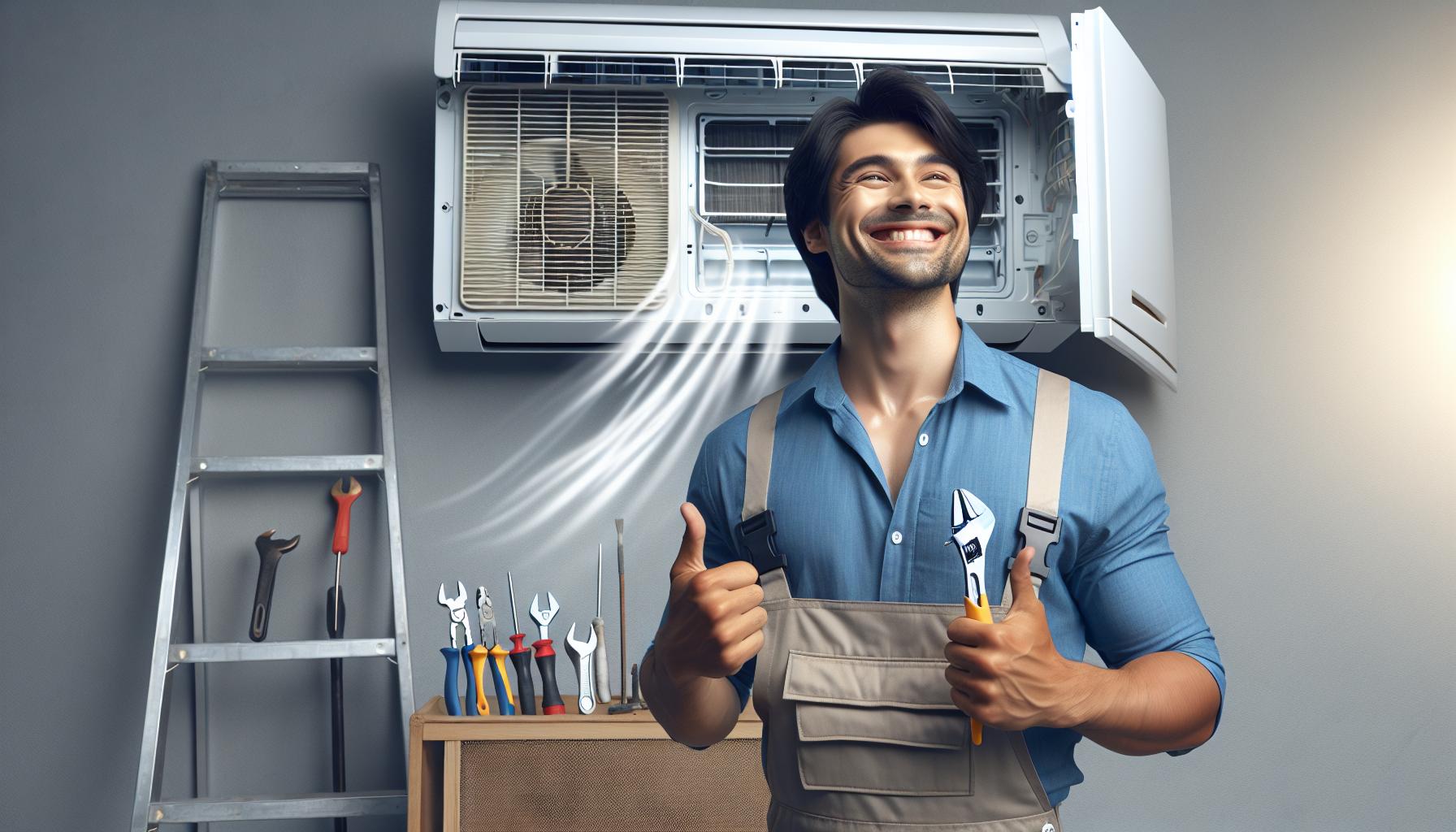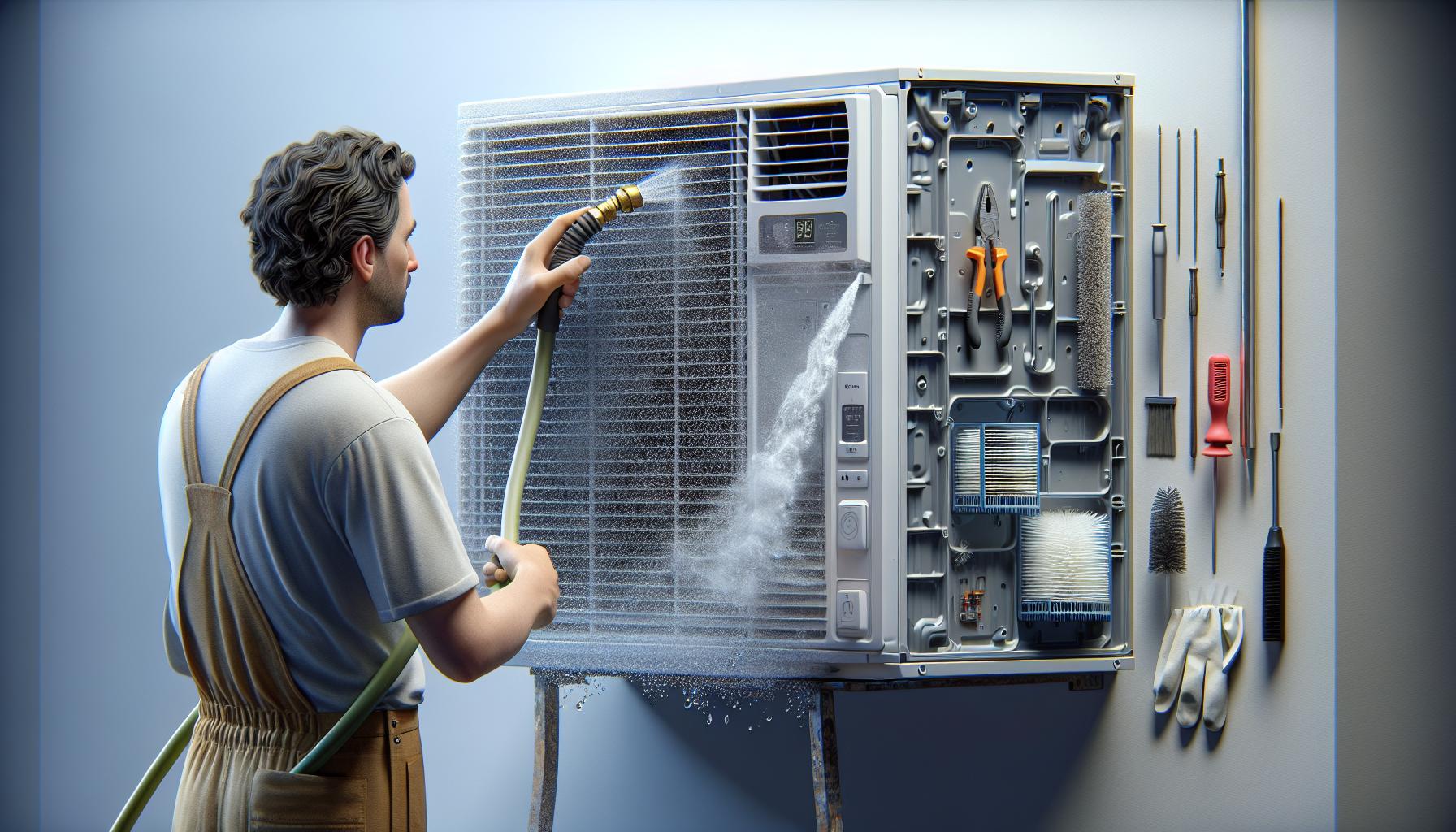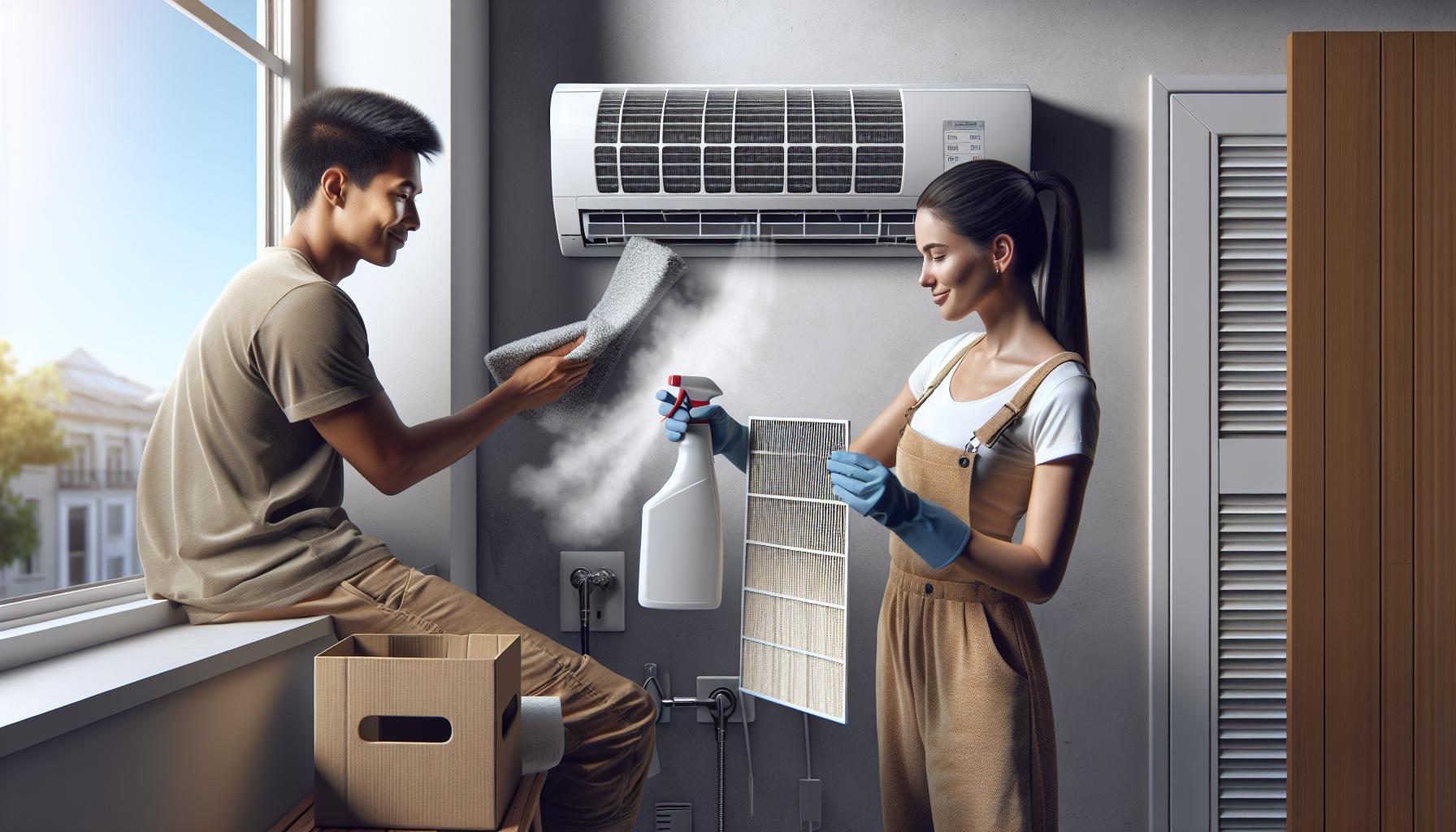When your furnace starts acting up, it’s not just a drop in temperature you’re battling, but also the stress of unexpected repairs. Don’t fret; you’re about to unlock some simple furnace troubleshooting tips that could save you a call to the technician. From a faulty thermostat to a blower that won’t quit, we’ll guide you through the most common hiccups and how to fix them. Stay toasty and tackle furnace troubles head-on with the insights packed in this article.
Common Furnace Troubleshooting Issues
When you’re facing furnace issues, it’s essential to identify the common culprits that could be causing your discomfort. Knowing what to look for helps you to resolve problems quickly and efficiently, ensuring your home stays warm when you need it most.
Thermostat Glitches
Thermostats are often the head of furnace operations, and malfunctions here can lead to significant issues such as:
- No heat generation
- Continuous blower activity
- Short cycling of the furnace system
To tackle this, first check if your thermostat is on the correct setting and is communicating with your furnace. If it’s battery-operated, replacing old batteries could solve the problem. Sometimes, a simple reset can get things back on track.
Dirty Filters
A clogged filter is a typical issue that can restrict airflow and reduce efficiency. Signs of a dirty filter include:
- Longer time to warm up the room
- Increased dust around vents
- A noticeable rise in heating costs
Replacing your filter every 90 days, or as per manufacturer guidelines, is critical for maintaining an efficient system.
Ignition and Pilot Light Failure
Modern furnaces utilize an electronic ignition, while older models may have a pilot light. Problems here can prevent your furnace from firing up. If your ignition fails, checking the flame sensor or the pilot light for dirt and debris may help. Ensure that gas supply valves are open and the ignition components are in good working order.
Weird Noises
Strange sounds coming from your furnace often indicate mechanical problems such as:
- Squealing points to belt or motor issues
- Rattling suggests loose panels
- Thumping may signify blower or motor imbalance
Investigating these noises promptly prevents more extensive damage. For belt-related issues, you can check the tension and wear, whereas loose components require tightening.
By familiarizing yourself with these common challenges and how to approach them, you’re better equipped to deal with furnace troubles without the need for immediate professional assistance. Regular maintenance is your best defence against unexpected breakdowns and ensures your home’s heating system stays reliable throughout the cold months.
Checking the Thermostat
When your furnace isn’t functioning as it should, the thermostat often plays a critical role. It’s the command center for your heating system, dictating when and how your home is heated. Ensuring it’s in working order is a simple yet effective step in furnace troubleshooting.
Firstly, verify the thermostat’s settings. It needs to be set to “heat” if you’re expecting your furnace to run. Your problem might be as straightforward as the thermostat being set to “cool” or “off”. Also, check the desired temperature setting; it needs to be higher than the current room temperature to trigger the heating.
Examine the Power Supply to your thermostat. If it’s battery-operated, replace old batteries with fresh ones. For hard-wired models, ensure the circuit breaker hasn’t tripped. Occasionally, a tripped breaker is a sign of a deeper electrical issue, but resetting it can get your thermostat back on track.
If you’ve confirmed the settings and power supply, yet your furnace still isn’t responding, it’s time to investigate the wiring. Loose connections or frayed wires within the thermostat can disrupt communication with your furnace. Turn off the power to the thermostat and take a look at the wiring—you’re looking for anything that seems amiss.
Lastly, some problems stem from an outdated or malfunctioning thermostat. If yours is old or lacks certain features, consider upgrading to a newer model. Smart therapeutics offer energy-saving programming and the added convenience of adjusting your home’s temperature remotely.
Remember, the thermostat is just one piece of the puzzle. Other elements also need to be in good working order for your furnace to operate smoothly.
Diagnosing Air Flow Problems
When your furnace isn’t circulating air as it should, it’s essential to zero in on the air flow problems quickly. Blocked airways and debris in your system can spell trouble for your furnace’s efficiency.
First, check if registers and vents are open and unobstructed. Furniture or curtains covering these can restrict the flow of air, making your furnace work harder than necessary.
Secondly, inspect your air filter. A clogged filter can stifle air movement, leading to discomfort and soaring energy bills. Replace your filter every 3 months, or as recommended by the manufacturer, to ensure optimal air quality and furnace performance.
Ductwork should also be on your radar. Leaks or blockages within the ducts can significantly hinder airflow. Physical inspection might reveal gaps or broken seals, where tape or sealant can rectify the issue.
If your furnace uses a belt-driven motor, the belt’s condition could affect air circulation. Look for signs of wear or looseness. A belt that’s too tight or too long may require professional adjustment.
Here’s a quick checklist for air flow diagnosis:
- Ensure all registers and vents are open and clear.
- Replace a dirty air filter.
- Inspect and seal any leaks in ductwork.
- Examine the blower belt’s conditions for necessary repairs.
Remember, regular maintenance keeps air flow issues at bay, securing the longevity and efficacy of your furnace system.
Addressing Ignition Problems
When your furnace fails to ignite, it leaves you in the cold, literally. Understanding the ignition system is key to troubleshooting. Most modern furnaces use either a hot surface ignition or an intermittent pilot.
A hot surface ignition system uses a filament that heats up to ignite the gas burner. If your furnace has a hot surface igniter, check for:
- Filament breakage
- Dirt accumulation
- Proper electrical connections
If you spot a break or a very dirty igniter, you’ll need to replace it. A well-maintained igniter typically lasts for about four to seven years.
In contrast, an intermittent pilot uses a small flame to ignite the burner, similar to a traditional pilot light but it’s only lit when the furnace is turning on. For intermittent pilot systems, common issues include:
- A clogged pilot opening
- Faulty spark generation
- Malfunctions in the electrical system
Clear any debris from the pilot opening with a needle. If the problem persists, the electrical components may need inspection or replacement by a professional.
Remember, for both systems, safety comes first. If you smell gas or suspect a leak, shut down the furnace and call a technician immediately.
Inspecting your furnace’s ignition system periodically can save you from the hassle of no-heat emergencies. A simple observation can indicate whether the ignition process is struggling, such as flickering or no flame. Regular maintenance and cleaning also ensure component longevity and proper furnace function.
Lastly, always refer to the furnace’s manual for manufacturer-specific troubleshooting steps and maintenance recommendations. Your furnace system is intricate and sometimes a professional’s diagnosis is the best course of action if you’re unsure.
Handling Blower Issues
When your furnace isn’t performing efficiently, it’s often due to blower problems. The blower motor and fan are crucial in circulating warm air throughout your home. Dysfunctional blowers can result in poor heating and increased energy bills. Here’s how you can tackle these issues head-on.
Firstly, check the blower motor. Hit the reset button, which is typically located on the side of the motor housing – it’s your first line of defense against a non-responsive blower. If the reset doesn’t solve the issue, ensure the motor hasn’t overheated or overloaded.
Another common issue is a malfunctioning fan. Inspect the fan blades for any signs of damage or accumulation of dirt and debris which could impede their movement. Clean them carefully, ensuring they’re free to rotate.
Belts drive many blower fans, and these can wear out or loosen over time. Examine the belt for cracks or signs of wear. A squealing noise during operation often signifies a belt issue. A belt that’s slipped or broken will need to be replaced to restore proper function to the blower.
Lastly, don’t overlook the blower assembly’s cleanliness. A buildup of dirt can significantly hamper its effectiveness. Power down the furnace and clean the components, including the blower wheel and housing, to ensure optimal air flow.
If after all these steps your blower still doesn’t work, it could be a sign that the motor requires professional attention. Remember to turn off the power to the furnace before performing any maintenance to avoid accidents. Regular check-ups on these elements can save you from larger, more expensive repairs in the long run.
Conclusion
You’ve now got the know-how to tackle common furnace troubles, from a rogue thermostat to a misbehaving blower. Remember, regular upkeep is your best defence against the chill of unexpected breakdowns. Don’t forget to power down before you dive into DIY maintenance – safety first! By staying vigilant and addressing issues promptly, you’ll keep your furnace in top-notch condition and your home cosy. Ready for the warmth without the worry? Your furnace is counting on you.
Related Posts:
- Pentair MasterTemp 400 Blower Faults: How to Fix a…
- Fix Common Dimplex Electric Fireplace Issues &…
- Pentair MasterTemp 400 Issues: Fixes for On-Off Cycling
- Optimise Your Gas Fireplace: Wall Mounted Thermostat Guide
- Boost Your Gas Fireplace Heat: Insulation to Blowers
- Troubleshooting Mr. Heater Big Maxx Issues: Common Fixes




